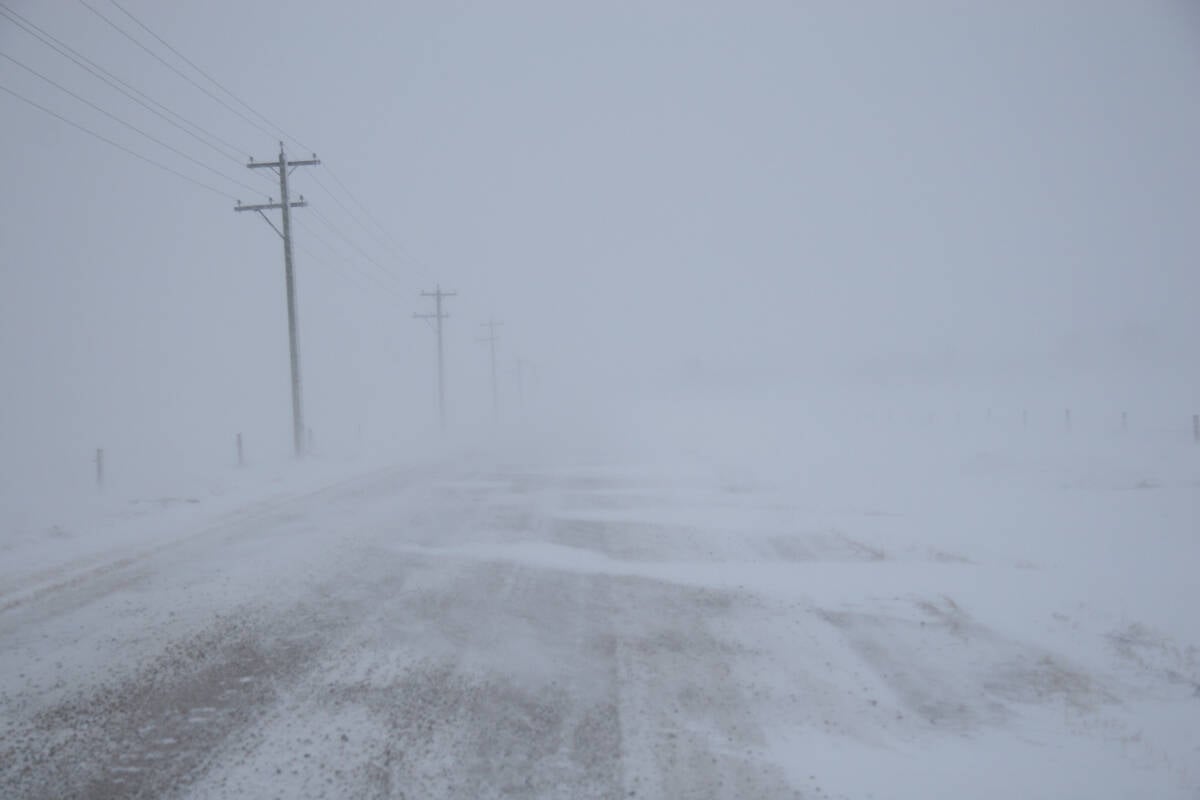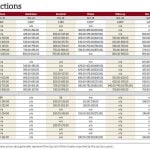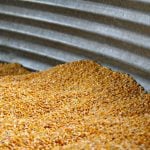The Canadian Grain Commission hasn’t yet set up a detection system to keep non-genetically modified wheat free from Roundup Ready wheat.
But the head of the commission’s grain research laboratory thinks it won’t be an impossible task.
“Within a year we could have a system that’s ready for road testing,” said Bill Scowcroft.
Monsanto has developed wheat that is resistant to glyphosate. It is only a couple of years away from possible registration as a commercial variety. Once fully approved, farmers could grow it across Western Canada.
Read Also

Volatile temperatures expected for this winter
DTN is forecasting a lot of temperature variability in the Canadian Prairies this winter. Precipitation should be close to average.
The Canadian Wheat Board opposes registering the variety until overseas customers are willing to accept GM wheat, or until there is a fool-proof system of keeping GM wheat from getting mixed into conventional stocks.
The grain commission has already created a segregation and detection system for soybeans.
Some Ontario growers are selling non-GM soybeans to European buyers, guaranteeing their purity. They can do this because of testing done during shipping that reveals the presence of genetically altered varieties.
European buyers have been happy with the system and there have been no snags, Scowcroft said.
However, exporters and importers need to establish reasonable tolerance levels before a wheat system can be created.
No real-world system will be able to guarantee that zero GM material is present in conventional shipments.
The grain handling system will inevitably carry traces of whatever has flowed through it and those traces will get mixed into future grain shipments.
But Scowcroft said the Canadian system probably can guarantee that non-GM shipments contain less than any reasonable limit.
He said Europe now generally demands less than one percent GM material in non-GM shipments, South Korea accepts up to three percent and Japan accepts up to about five percent.
Monsanto and the wheat board agree that establishing realistic tolerance levels with customers is essential before allowing GM wheat to become a major prairie crop.
Scowcroft said the key for the commission is to design a system that not only works, but is easy and affordable.
“You need to be right,” said Scowcroft.
“You don’t want to be right 50 percent of the time, but 99 percent of the time.”
A good system would be able to check wheat as it comes into the elevator system with more detailed analysis done later.
Testing for GM crops isn’t a traditional role for the CGC and GM-presence isn’t a part of the variety-testing system now.
Scowcroft said he thinks those who benefit from GM wheat should have to pay for the testing.
“Our feeling is that it’s up to the industry, from the developer of the technology right to the users.”
Scowcroft said the industry also needs to determine who pays the bill if GM grain contaminates other shipments.
Such a system is important even if Roundup Ready wheat is not soon registered in Canada but is allowed in the United States, he added.
“Wheat varieties have leaked across the border in the past. I don’t think that is going to change.”















